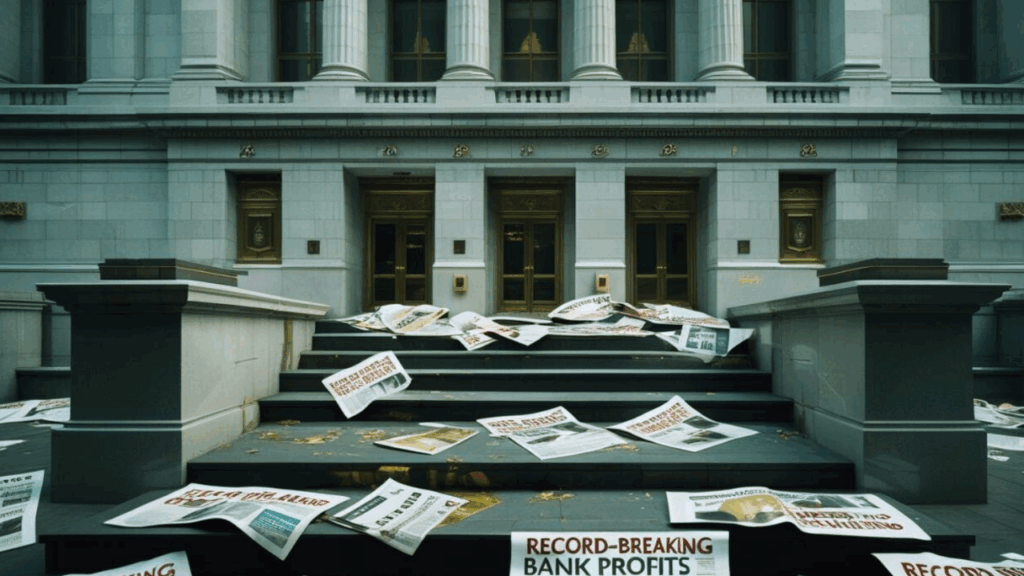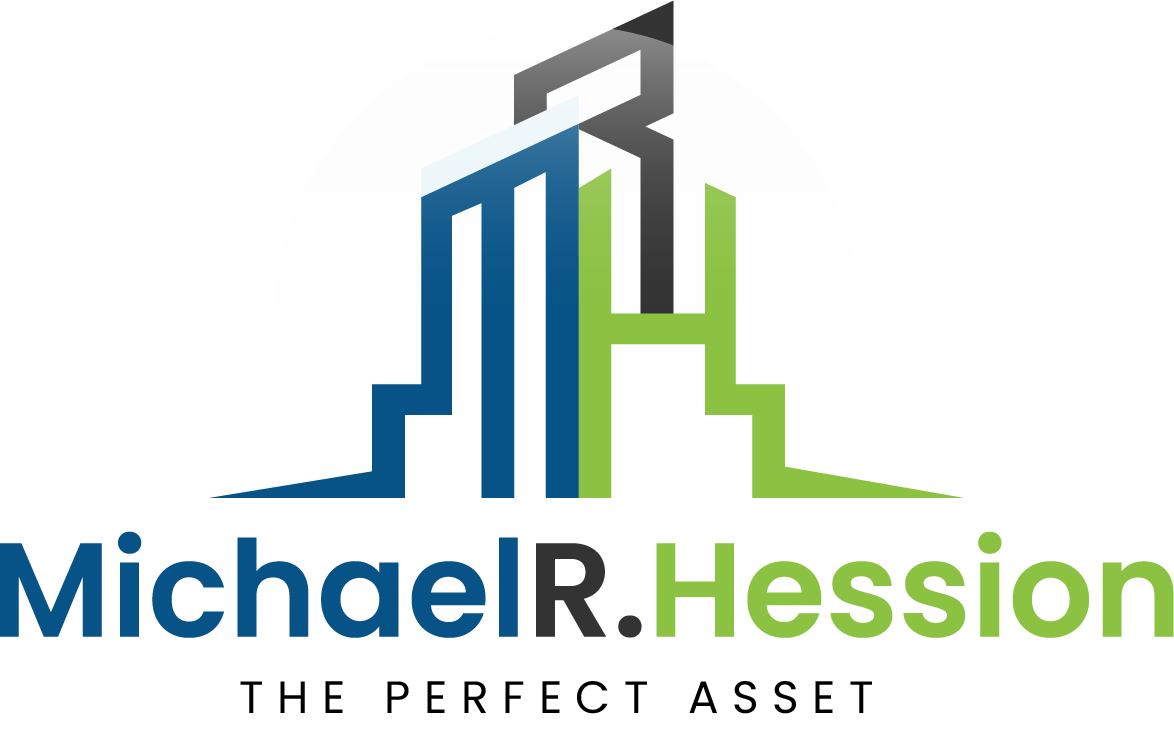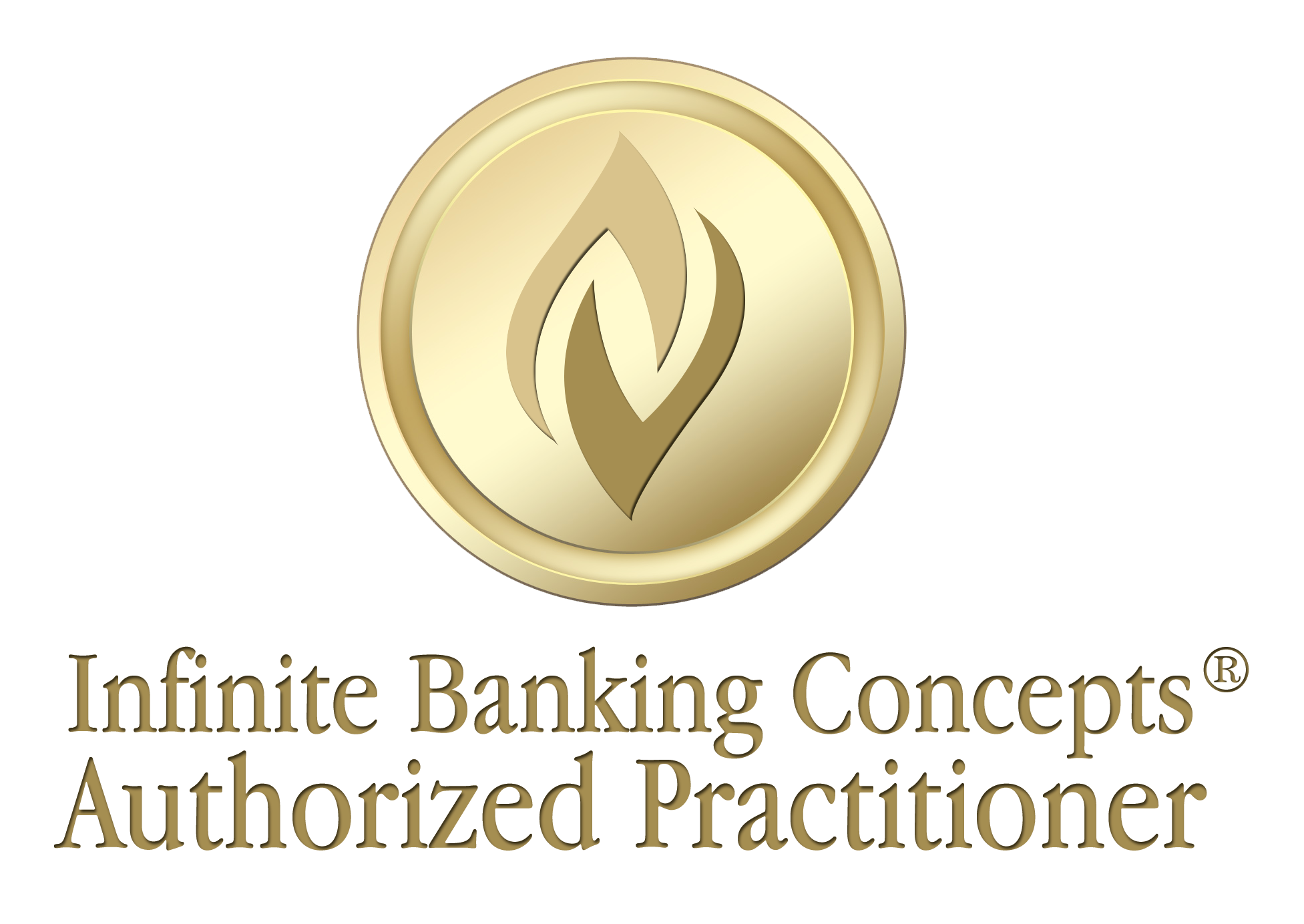
Recent bank earnings reveal a fascinating paradox. Headlines celebrate record profits while your savings account barely keeps pace with inflation.
The numbers tell a story banks prefer you don’t examine too closely.
Wells Fargo’s net interest income dropped 9% year-over-year to $11.92 billion. Their net interest margin fell from 3.09% to 2.75%. Yet they still beat earnings expectations.
How do banks make money when interest income declines?
The Great Spread Explained
Banks thrive in low interest rate environments because of something called “the spread.” Think back to 2008 when rates dropped to near zero.
People panicked and wanted safe places for their money. Banks offered CDs at 0.01% while still charging normal rates on credit cards, mortgages, and business loans.
The spread between what banks pay you and what they charge borrowers creates their profit margin. When rates rise, this spread shrinks.
Banks have evolved far beyond simple lending. They offer life insurance, annuities, investment banking, wealth management, and overnight lending to other institutions worldwide.
They’ve become financial supermarkets with revenue streams everywhere.
The Fractional Reserve Reality
Here’s where things get interesting. Banks can lend out far more money than they actually hold in reserve.
You deposit $100,000 in a CD earning next to nothing. Through fractional reserve banking, they can pretend there’s $1 million of new money to lend at various interest rates.
Reserve requirements were reduced to 0% in 2020, effectively eliminating cash reserve requirements for banks.
When economic trouble hits, banks fail because they don’t actually hold much in reserve. Life insurance companies operate differently.
They maintain robust reserves because they must pay death benefits. States require statutory reserves, mortality reserves, interest rate reserves. They’re regulated to ensure they can meet obligations.
Where Banks Really Park Their Money
Here’s the revelation that changes everything. Major banks hold billions in whole life insurance as their Tier 1 capital.
One major bank has invested over $21 billion in life insurance assets. Another holds just over $18 billion.
Banks purchase whole life insurance contracts on their key employees. They fund the policies, own them, and collect the death benefits.
The safest place these banks choose to hold their most critical reserves? Inside life insurance contracts.
The same institutions offering you 0.01% on CDs park billions in vehicles generating substantially higher returns with tax advantages and guaranteed liquidity.
Don’t pay attention to what they say. Pay attention to what they actually do.
The Tax Advantage Banks Exploit
Life insurance offers tax-sheltered growth. Cash value growth isn’t taxed because the government considers life insurance a social good.
Bank-owned life insurance typically exceeds after-tax returns of traditional bank investments by 150 to 300 basis points.
Walk into any major bank and try to access what they use for their own reserves. They can’t help you because they don’t sell the financial products they use themselves.
They’ll redirect you to products they do offer, earning commissions while keeping the superior options for their balance sheets.
Your Alternative Banking System
Participating whole life insurance from mutual companies creates your private banking system. These aren’t publicly traded companies affected by stock market volatility.
Some have operated profitably for over 150 years, paying dividends consistently even through economic downturns.
The cash value grows at guaranteed rates around 4%. Factor in dividends and tax advantages, and you’d need 7-8% in a taxable high-yield savings account to match the equivalent return.
You can borrow against your cash value with no credit checks or payment requirements. Use the money for anything, pay it back on your terms, and the cash value continues growing uninterrupted.
Creating Your Closed-Loop Economy
Consider how you currently finance major purchases. You either save up and lose the opportunity to earn on that money, or you borrow from outside lenders and pay them interest.
Whole life insurance solves both problems. You build cash value, borrow against it for purchases, then pay yourself back instead of enriching outside lenders.
One client used this system to pay off a truck loan. Instead of sending $350 monthly to a credit union, she redirected those payments back to her policy. The $7,000 that would have disappeared forever now stays in her system for future use.
Walt Disney famously used his whole life insurance cash value to secure funding for Disneyland when banks refused additional loans.
Why This Stays Hidden
Financial professionals follow the money. Since the 1970s, emphasis shifted toward market-based retirement accounts and assets under management.
Getting securities licenses and managing investment portfolios became more profitable than understanding life insurance mechanics.
The move toward 401(k)s tied people’s financial futures directly to market performance. Quick hits and gambling mentality replaced certainty and control.
Financial literacy barely exists in traditional education. People feel intimidated by money management and hand control to professionals, hoping for the best.
Your Next Steps
If you have idle savings earning minimal returns, consider learning about infinite banking concepts and participating whole life insurance.
Don’t liquidate existing retirement accounts, but redirect new savings toward building your private banking system.
These policies can become multi-generational wealth transfer vehicles. Properly structured, they provide guaranteed growth, tax advantages, and flexible access to your money.
The same financial vehicle banks use for their most important reserves can work for your family’s financial foundation.
Banks discovered the perfect combination of safety, growth, and liquidity. They just prefer you don’t know about it.




